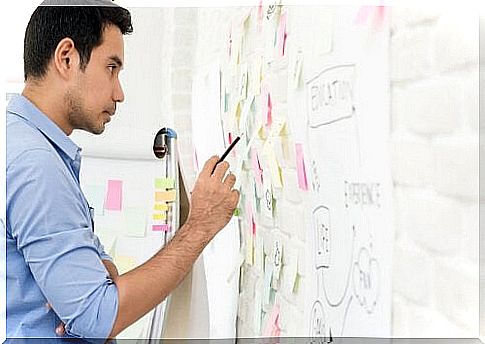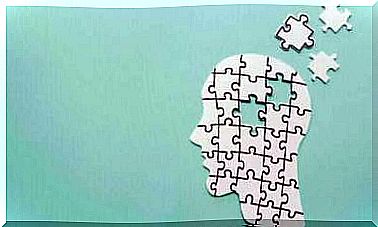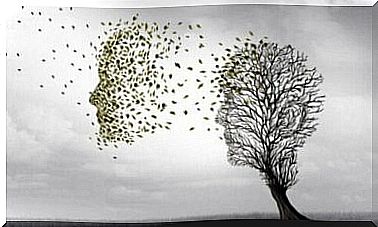Self-regulated Learning: What Is It And Why Is It Important?

Self-regulated learning is closely linked to the way people regulate their emotions, cognitions, behavior and environmental aspects during a learning experience. Furthermore, we know that it is important to be able to control your thoughts when it comes to learning processes. The sooner you learn to do it, the more successful and joyful your educational experience will be.
There are many self-regulatory skills. Some of them are good time management, the ability to choose the best problem-solving strategies and the ability to actively control emotional states such as frustration.
Definition of self-regulated learning
Barry Zimmerman is one of the most important researchers in self-regulated learning. He argues that self-regulation is not a mental or academic performance skill. Rather , it is an independence process where students can transform their mental skills into academic skills.

According to Zimmerman, self-regulated learning involves not only gaining detailed knowledge of an ability, but also other skills such as self-awareness, self-motivation and the ability to behave in a way that enables you to apply what you learned correctly.
Novice students evaluate themselves by comparing themselves with others and receiving feedback from them. They also often attribute errors to deficiencies over which they have no control. On the other hand, experienced students who know how to handle their own learning accept that they have failed when they have it. However, instead of blaming their mistakes, they focus on how to fix their weaknesses.
Looking at it from a different angle, self-regulation is not something that some students have and others do not. According to Zimmerman, self-regulation consists of applying specific processes selectively to each learning task. These must be chosen on the basis of personal characteristics. Therefore, it is best to talk about self-regulation in the context of learning or a specific type of learning.
Self-regulated learning involves establishing goals and then choosing the right strategies to achieve them. Once selected, you will need to monitor your progress and restructure your techniques if you do not meet your goals. You must also use your free time effectively, evaluate the methods you have chosen and adapt your methods to future learning. Of course, you should always use the new things you have learned for future endeavors.
Self-regulated learning abilities
Self-regulated learning abilities are important tools for learning. Yet teachers teach them explicitly. Therefore, many students lack independence, motivation, perseverance and positive well-being during their studies. In order for teachers to transfer these skills effectively to students, it is important for them to be well acquainted with the most important self-regulatory mechanisms.
Students go through three main phases when they regulate their own learning: planning, execution and reflection. These stages are not necessarily successive. Students can go through many cycles through a learning task.

- During the planning phase, students establish their goals and standards. They should be able to meet them during a specific task, session or course. This phase involves the student’s perception of the learning environment.
- During the achievement phase, students demonstrate their commitment to their learning experience. At this point, they are monitoring their own learning. They can compare their progress with the standards they established in the planning stage.
- During the reflection phase, students think and evaluate their learning experience. This includes reflective feedback and mental storage of ideas and concepts for use in future learning.
Teachers and self-regulated learning
Given the importance of self-regulated learning, it is important that professors teach these skills explicitly. They must also offer strategies to help students use them during the learning process. Part of this learning process should include:
- Explain the usefulness and importance of self-regulated learning skills.
- To teach explicitly in self-regulated learning strategies.
- To help students identify when and how they can use these self-regulated learning skills.
A 2012 study by Dignath-van Ewjik, C, Van Der Werf and G, which focused on teachers’ self-regulated perceptions of learning and behavior, showed that teachers believe in transferring these skills to their students. The results of the study highlighted how teacher education would provide them with the skills and knowledge to promote self-regulated learning effectively.
We should develop strategies for teachers to be able to teach self-regulated learning abilities to students. This will include tools, resources and strategies they can use in the classroom.









